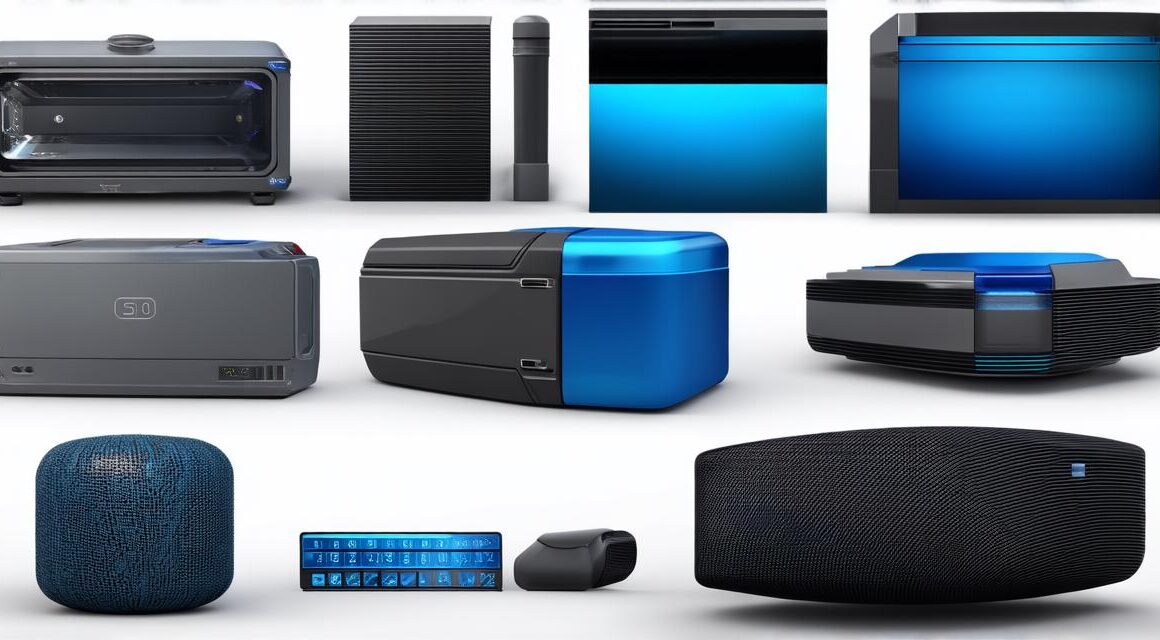Why Import 3D Models into Unity?
Importing 3D models into Unity allows developers to add depth and realism to their games. These models can be used as characters, environments, props, and more. By importing 3D models, you can create a more engaging and immersive game experience for players. Additionally, you can save time and resources by reusing existing models in your projects.
Types of 3D Models
There are various types of 3D models that can be imported into Unity, including:
- Collider models – These models have colliders that allow them to interact with the game world and other objects.
- Non-collider models – These models do not have colliders and are typically used for decorative purposes.
- Animated models – These models can be animated, allowing you to create realistic character movements and actions.
- Texture models – These models contain textures that can be applied to other objects in the game world.
Tools for Importing 3D Models into Unity
There are several tools that can be used to import 3D models into Unity, including:
- Blender – This is a powerful open-source 3D modeling software that allows you to create and export 3D models for use in Unity.
- Maya – This is a professional 3D modeling software that is widely used in the gaming industry. It can be expensive, but it offers advanced features and capabilities.
- 3ds Max – This is another professional 3D modeling software that is commonly used in the gaming industry.
- FBX Importer/Exporter – This tool allows you to import and export 3D models in the FBX format, which is commonly used for 3D modeling.
The Importing Process
Importing 3D models into Unity involves several steps, including:
- Exporting the 3D model – Depending on the tool you are using, you will need to export the 3D model in a format that can be imported into Unity. The most common formats are FBX and OBJ.
- Importing the 3D model into Unity – Once you have exported the 3D model, you can import it into Unity by dragging and dropping it into the project window or by using the Asset Store.
- Adjusting the model – After importing the 3D model, you may need to adjust its scale, rotation, and position to fit properly in the game world. You can also add textures and materials to the model to make it more visually appealing.
- Adding colliders – If your 3D model has colliders, you will need to add them to the model in Unity so that it can interact with other objects in the game world.
- Animating the model – If your 3D model is animated, you will need to import the animations into Unity and attach them to the model.
Troubleshooting Common Issues
When importing 3D models into Unity, there are several common issues that may arise. Some of these issues include:
- Model scale – If the 3D model is too large or too small, it may not fit properly in the game world. You can adjust the scale of the model by selecting it and using the transform tools in Unity.
- Texture mapping – If the textures on the 3D model are not mapped correctly, they may appear distorted or pixelated. You can fix this issue by using the UV editor in Unity to map the textures correctly.
- Collider issues – If the colliders on the 3D model are not working properly, it may not interact with other objects in the game world. You can fix this issue by selecting the collider and using the transform tools in Unity to adjust its position and orientation.
- Animation issues – If the animations on the 3D model are not playing correctly, it may appear stuck or jerky. You can fix this issue by importing the animations into Unity and attaching them to the model properly.
FAQs
Q: What is the best way to export a 3D model for use in Unity?
A: The most common format for exporting 3D models for use in Unity is FBX, but OBJ and COLLADA are also supported.
Q: How do I add textures to a 3D model in Unity?
A: To add textures to a 3D model in Unity, you can select the model and use the Inspector window to drag and drop textures onto it. You can also use the UV editor to map textures to specific parts of the model.
Q: How do I create colliders for a 3D model in Unity?
A: To create colliders for a 3D model in Unity, you can select the model and use the Inspector window to add a collider component. You can then adjust the size and shape of the collider using the transform tools.
Q: How do I import animations into Unity?
A: To import animations into Unity, you can drag and drop the animation files into the project window or use the Asset Store to download pre-made animations. You can then attach the animations to a 3D model using the Animation window.
Conclusion
Importing 3D models into Unity is an essential part of creating engaging and immersive games. With the right tools and techniques, you can easily import, adjust, and animate 3D models in Unity. By following the steps outlined in this guide, you can create stunning games that will captivate your audience.



